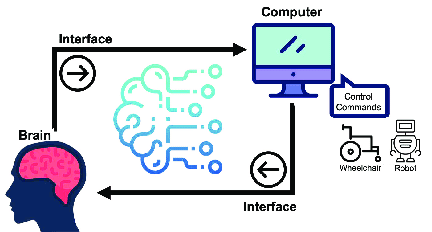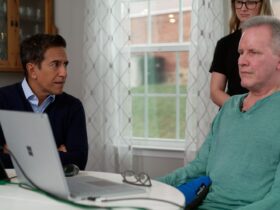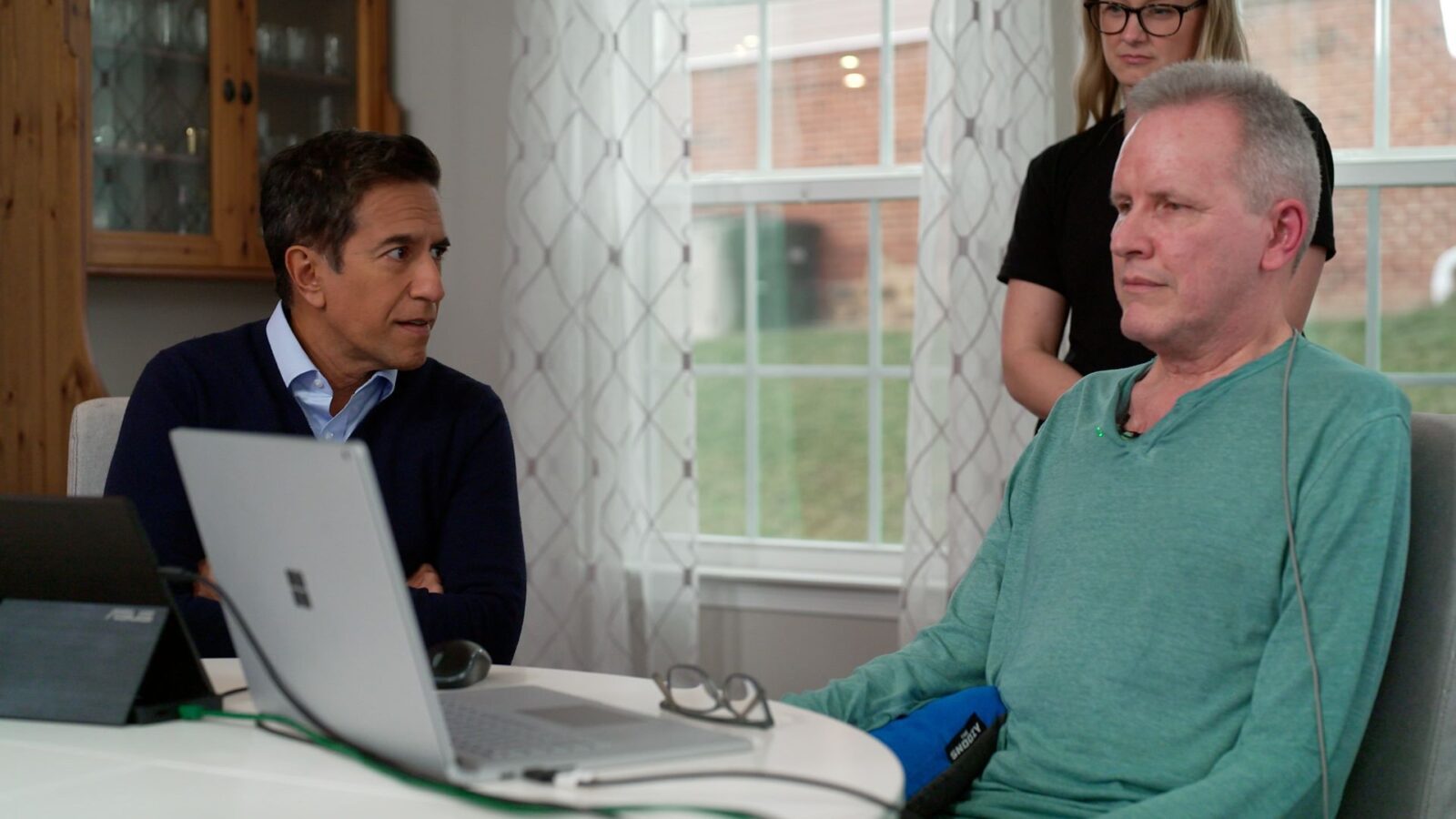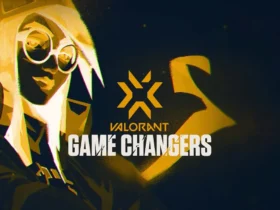The breakthrough in brain-computer interface (BCI) technology for ALS patients has marked a significant milestone in neuroscience and communication technology. Researchers at Stanford University have developed an innovative brain implant that translates the thoughts of an ALS patient into computer commands, enabling communication at unprecedented speeds. This development is not just a leap forward in assistive technology but also a beacon of hope for individuals with severe speech and motor impairments.

Pat Bennett, a 68-year-old former human resources director and an equestrian enthusiast diagnosed with ALS in 2012, has been a part of this groundbreaking study. Despite the progression of ALS affecting her speech and motor abilities, the implantation of tiny sensors in her brain has enabled her to communicate by translating her attempts at speech into text on a computer screen. Remarkably, after about four months of training and calibration with the decoding software, Bennett achieved a communication rate of 62 words per minute, more than tripling the previous records for BCI-assisted communication.
This technology utilizes an array of tiny silicon electrodes implanted in the brain to capture neural signals associated with specific thought patterns related to speech. These signals are then decoded by state-of-the-art software, translating brain activity into words displayed on a computer screen. The electrodes are connected to the computer via fine gold wires, allowing real-time communication between the brain and the device.
The success of this technology has been heralded as a “big breakthrough” by researchers in the field, indicating a feasible path forward to restore communication for people with paralysis at conversational speeds. The implications of this development extend beyond individual communication capabilities, suggesting potential enhancements in quality of life, autonomy, and social participation for people with ALS and similar conditions.
While the current system represents a significant advancement, it is still in the research phase and not yet available as a commercial product. Future directions include refining the technology to improve accuracy, reliability, and user-friendliness, with the ultimate goal of making it accessible to a broader range of individuals in need. The integration of more sophisticated artificial intelligence and machine learning algorithms could further enhance the system’s ability to predict and translate intended speech more accurately and rapidly.
This pioneering work not only showcases the potential of BCI technology to transform the lives of those with severe communication barriers but also underscores the importance of continued research and development in the field of neuro-engineering. As this technology evolves, it promises to open new avenues for interaction and independence for individuals affected by neurological conditions, bringing us closer to a world where limitations in physical ability do not constrain one’s voice or capacity to connect with others.
Key Takeaways
- Introduction to a groundbreaking technology that enables ALS patients to communicate through thought-translated computer commands.
- Insight into the functionality and development of the brain implant technology.
- The profound impact on the quality of life for ALS patients and the potential future advancements.
The Dawn of a New Communication Era
ALS, a progressive neurodegenerative disease, gradually strips away motor functions, leaving individuals locked in a body that refuses to obey their will. Amidst this, the advent of a brain implant that translates thoughts into computer commands heralds a new dawn. This section delves into the patient’s journey, from the diagnosis of ALS to the decision to embrace this cutting-edge technology.

Inside the Technology: How Brain Implants Work
At the heart of this innovation lies a sophisticated mesh of technology and neuroscience. The implant, surgically inserted into the patient’s brain, captures neural signals associated with specific thought patterns. Sophisticated algorithms then interpret these signals, converting them into commands that can control a computer or speech-generating device. This segment explores the technical intricacies of the implant, the surgery, and the subsequent calibration process that personalizes the system to the user’s neural signature.

Life Reimagined: The Impact on ALS Patients
For individuals with ALS, the brain implant opens up avenues of interaction that were previously thought to be permanently closed. This part of the narrative highlights the transformative effect on the patient’s day-to-day life, restoring the ability to communicate with loved ones, interact with technology, and engage with the wider world. Personal anecdotes and observations illustrate the profound emotional and psychological benefits of regaining a voice that had been muted by ALS.
Beyond the Horizon: Future Directions and Challenges
While the brain implant represents a significant milestone, it also paves the way for further research and development. This section speculates on the future advancements in brain-computer interface (BCI) technology, including improved accuracy, non-invasive alternatives, and the integration with other assistive technologies. It also addresses the ethical, logistical, and financial challenges that accompany the widespread adoption of such implants.
FAQs
- What is ALS, and how does it affect communication?
- How does the brain implant work to translate thoughts into computer commands?
- What are the potential risks and benefits of undergoing this procedure?
- How can someone with ALS access this technology?
- What future advancements can we expect in brain-computer interfaces?
The journey of ALS patients navigating the world with the aid of a brain implant is not just a testament to human resilience but also a beacon of the transformative power of technology. As we stand on the brink of this new frontier, the potential to rewrite the narrative of numerous neurological conditions shines brightly, offering hope where once there was none.
For those intrigued by the melding of mind and machine, this development marks a pivotal moment in the quest to harness technology in service of humanity’s most profound needs. The story of an ALS patient reclaiming the ability to communicate through thoughts alone is not just a harbinger of future innovations but a reminder of the indomitable human spirit’s capacity to adapt, overcome, and thrive.
Share your thoughts on Unicorn Blogger !





















Leave a Reply